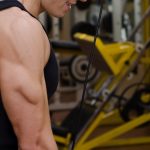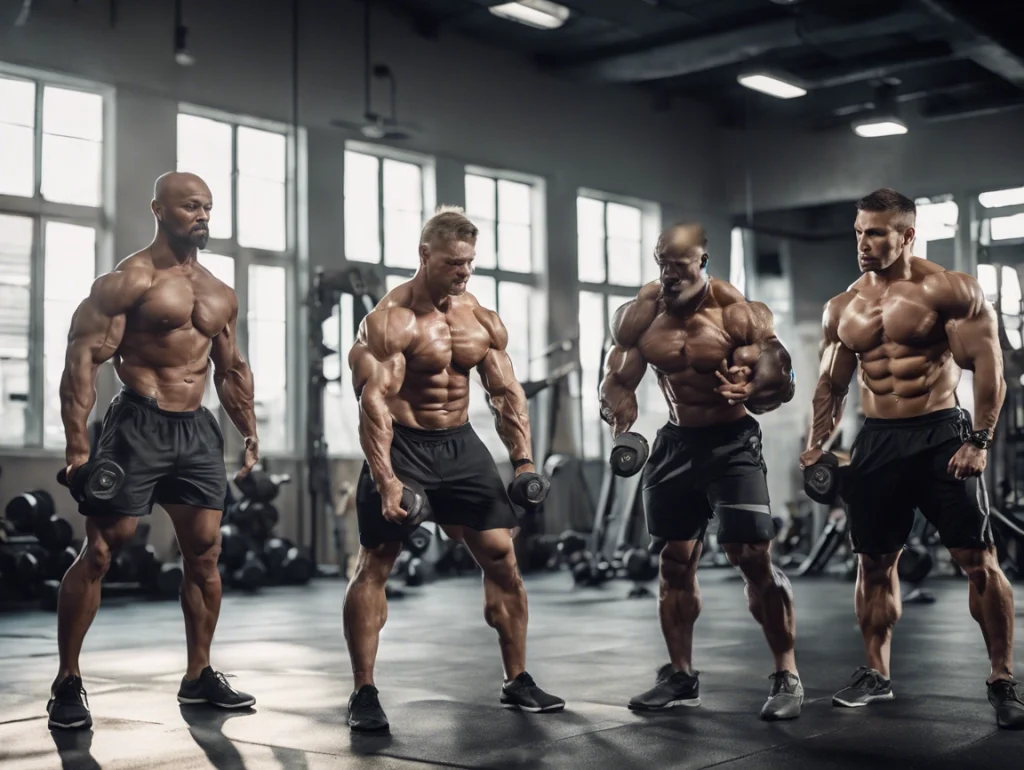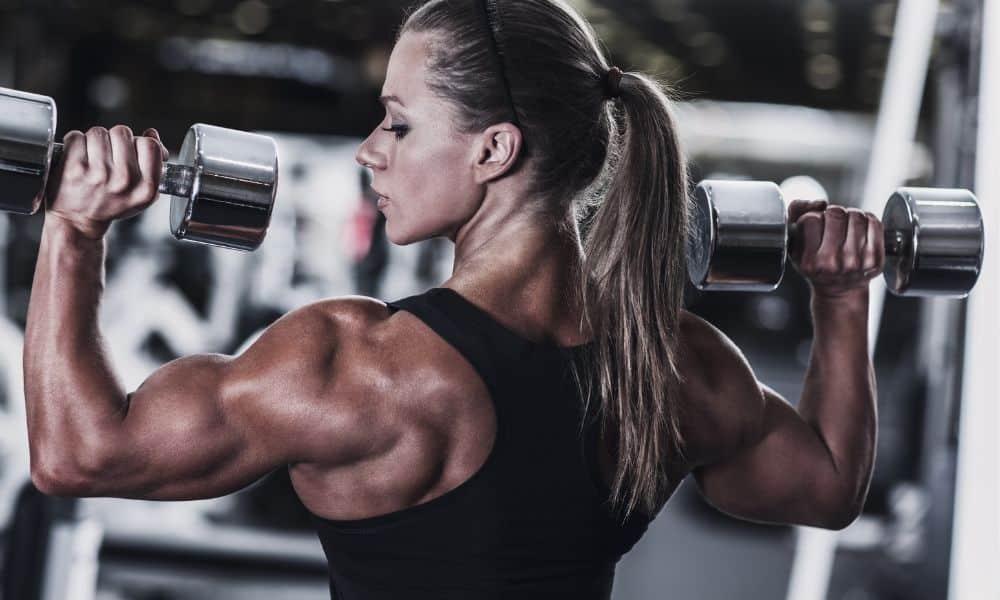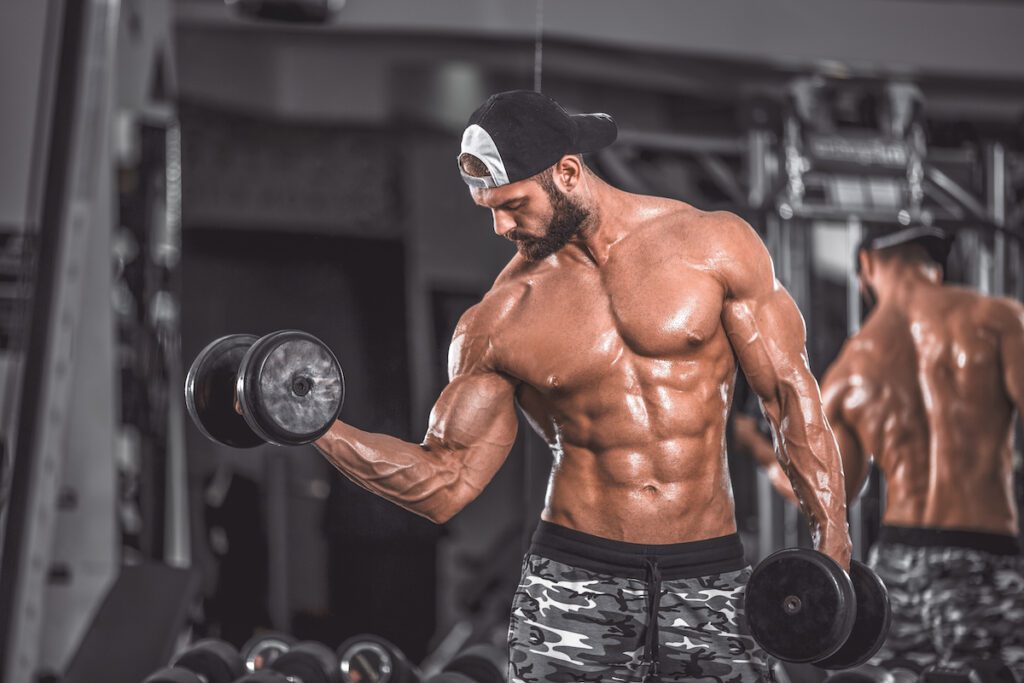Functional bodybuilding is taking the fitness world by storm. This approach blends the aesthetic goals of traditional bodybuilding with movements designed to improve strength, mobility, and daily functionality. By focusing on exercises that increase muscle mass and practical strength, functional bodybuilding offers a balanced fitness program ideal for athletes, bodybuilders, and fitness enthusiasts. This article will explore how functional bodybuilding works, why it’s gaining popularity, and how to incorporate it into your fitness routine.
What is Functional Bodybuilding?
Functional bodybuilding is a hybrid training method combining traditional bodybuilding techniques with functional movements. While classic bodybuilding focuses on isolating muscle groups to maximize size and definition, functional bodybuilding emphasizes compound movements that mimic real-life activities. These exercises build strength, improve mobility, and enhance endurance, creating an aesthetically pleasing and highly functional physique.
Key Elements of Functional Bodybuilding:
- Compound Movements: Exercises like deadlifts, squats, and kettlebell swings are staples in functional bodybuilding, working for multiple muscle groups simultaneously.
- Mobility Training: Functional bodybuilding incorporates flexibility and mobility work, ensuring that muscle growth doesn’t come at the cost of restricted movement.
- Core Stability: Core-strengthening exercises like planks and rotational movements help build a strong foundation, improving balance and reducing injury risk.
Why is Functional Bodybuilding Gaining Popularity?
Functional bodybuilding has become a favorite among fitness enthusiasts for several reasons. One of the biggest appeals is its ability to combine aesthetics with real-world strength and endurance. Here are some reasons why functional bodybuilding is growing in popularity:
- Versatility: Functional bodybuilding can be adapted to any fitness level, making it accessible to beginners while still challenging for advanced athletes. Whether you’re looking to gain muscle, lose fat, or improve your strength for everyday tasks, this approach has something for everyone.
- Injury Prevention: Functional movements train muscles in ways that mimic real-life activities, improving your body’s ability to handle day-to-day stressors. This boosts athletic performance and reduces the risk of injury both in and outside the gym.
- Balanced Training: Many workout programs focus solely on aesthetics or performance. Functional bodybuilding delivers both by building a physique that looks great while also being powerful, flexible, and injury-resistant.
How to Incorporate Functional Bodybuilding into Your Routine
Implementing functional bodybuilding into your fitness routine is simple and can significantly increase strength, mobility, and muscle growth. Here’s how to get started:
- Warm-Up with Mobility Drills: Begin each workout with mobility exercises to increase your range of motion and reduce injury risk. Focus on dynamic stretches that target major joints like the hips, shoulders, and spine. Movements like hip openers and thoracic rotations prepare your body for functional movements.
- Focus on Compound Lifts: Compound movements are the backbone of functional bodybuilding. Incorporate exercises like squats, deadlifts, kettlebell swings, and overhead presses into your routine. These movements engage multiple muscle groups, improving both strength and coordination.
- Add Functional Strength Circuits: Functional strength circuits combine muscle-building exercises with cardio, ensuring muscle growth and improving endurance and mobility. An example circuit might include deadlifts, kettlebell swings, and farmer’s walks, followed by sled pushes or bodyweight exercises like burpees.
- Train Your Core: A strong core is essential for bodybuilding and functional fitness. To develop core stability and strength, include exercises like planks, Russian twists, and hanging leg raises. These movements improve balance, posture, and the ability to generate power in compound lifts.
Sample Functional Bodybuilding Workout
Here’s a sample functional bodybuilding workout that combines strength, endurance, and mobility:
Warm-Up:
- Hip openers: 2 sets of 10 reps per side
- Thoracic rotations: 2 sets of 10 reps per side
- Dynamic lunges with a twist: 2 sets of 8 reps per side
Workout:
- Deadlift: 4 sets of 6-8 reps
- Overhead Press: 4 sets of 8-10 reps
- Kettlebell Swing: 3 sets of 15-20 reps
- Farmer’s Walk: 3 sets of 30-second carries
Core Finisher:
- Plank: 3 sets of 1-minute holds
- Russian Twists: 3 sets of 20 reps per side
This workout targets major muscle groups while incorporating functional strength and endurance. You’ll build both size and practical strength by performing compound lifts and functional movements.
What Are the Benefits of Functional Bodybuilding?
Functional bodybuilding offers a range of benefits that go beyond building muscle. Here are some key advantages:
- Improved Muscle Symmetry and Balance: Traditional bodybuilding often focuses on aesthetics and may lead to muscle imbalances. Functional bodybuilding, emphasizing compound movements, trains multiple muscle groups harmoniously, improving balance and coordination.
- Better Mobility and Flexibility: By including mobility work in your routine, functional bodybuilding ensures that muscle growth doesn’t limit your range of motion. This is critical for reducing injury risk and improving gym performance and daily life performance.
- Increased Fat Loss: Functional bodybuilding circuits that combine strength and cardio can torch fat while building muscle. Mixing high-intensity exercises like kettlebell swings and functional strength moves like deadlifts helps boost metabolism and burn calories long after your workout.
Functional Bodybuilding vs. Traditional Bodybuilding
While traditional bodybuilding is focused almost entirely on muscle hypertrophy (growth), functional bodybuilding balances muscle gain with practical strength and mobility. Here’s a quick comparison:
- Traditional Bodybuilding: Focuses on muscle isolation for maximum size, with less emphasis on functional strength and mobility. The primary goal is aesthetics.
- Functional Bodybuilding: Uses compound movements that build muscle while improving strength, flexibility, and endurance. It focuses on aesthetics and performance, creating a great physique and functions well in everyday activities.
Both approaches have benefits, but functional bodybuilding is the way to go if you’re looking for a fitness program that offers both looks and function.
Conclusion
Functional bodybuilding is a balanced approach to fitness that combines the muscle-building aspects of traditional bodybuilding with the practicality of functional strength training. By focusing on compound movements, mobility, and core stability, you can build a strong, lean physique and be capable of handling real-world tasks. Incorporate functional bodybuilding into your routine to improve aesthetics, strength, and overall fitness.
Reading Next…
- Can You Use Gym Machines if You Use a Wheelchair?

- Delicious Beef Recipes To Support Muscle Growth

- At What Age Can Someone Safely Start Bodybuilding?

- How to Use a Post-Workout Meal to Build Muscle and Improve Recovery

- Best Pre-Workout Meal for Muscle Building: What to Eat Before Training

External Links:




